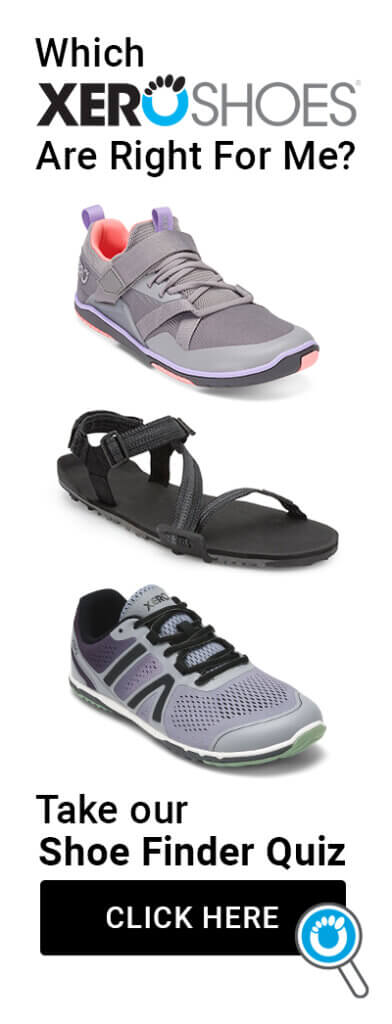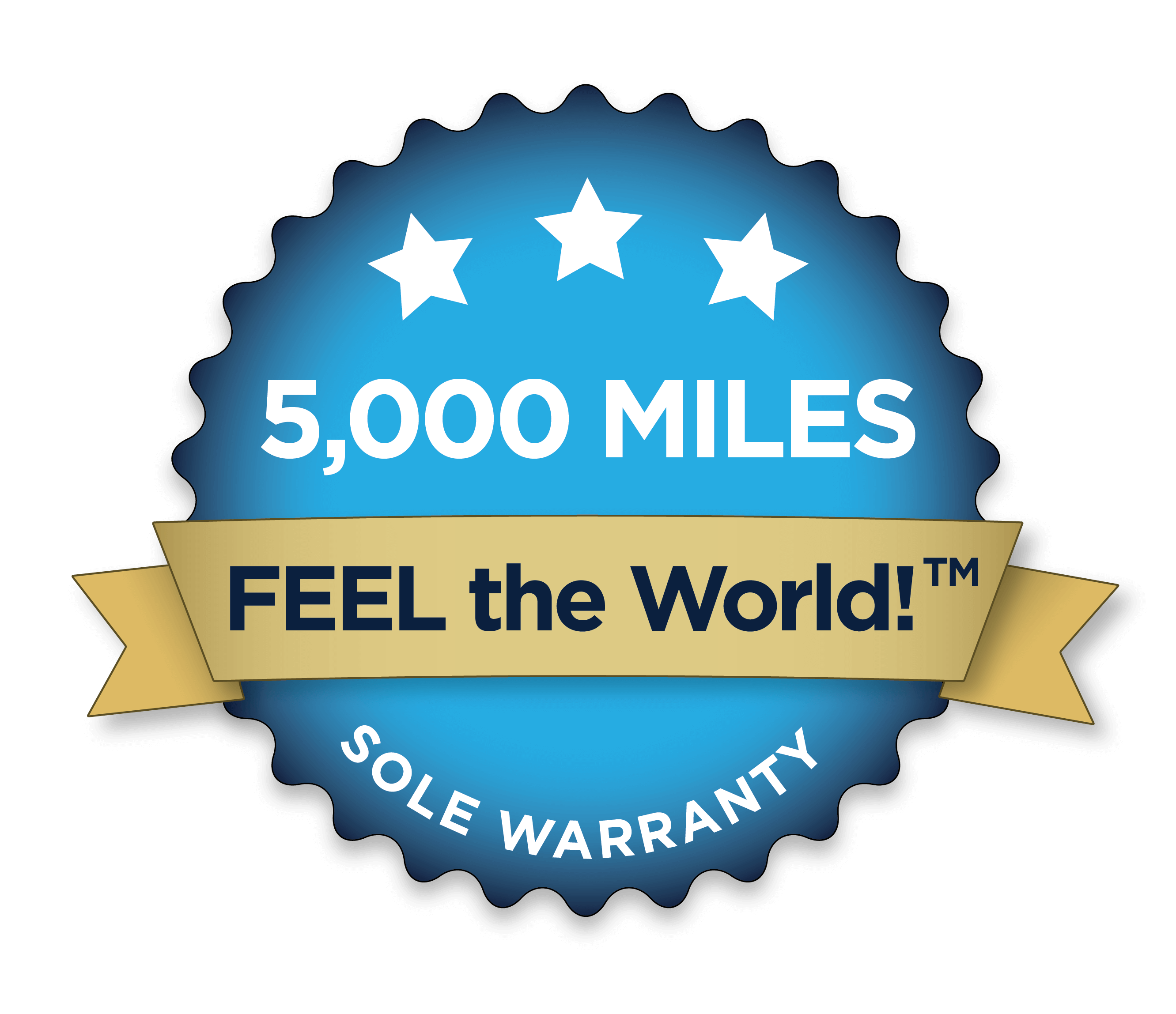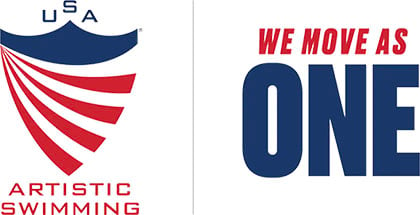When you’re used to hanging out with barefoot runners or, at least, with people who’ve read Born To Run, you forget how “normal people” think.
One of the questions I’m most asked by non-barefoot people is: “Can you really run in those?”
What amazes me about this question is not how people have forgotten that, for tens of thousands of years, this is exactly what humans wore to run. What amazes me is that I’m usually asked this question by someone who has been watching me run in my Xero Shoes.
Silly humans.
Well, don’t just take my word for it, though.
Check out this great race report by Alan Thwaits and see that, yes, you can run in these 😉







 Fostering honest and responsive relationships between businesses and consumers.
Fostering honest and responsive relationships between businesses and consumers.














I ran my “barefoot” first race in Huaraches at the beginning of November and I can confirm you can run well in Huaraches!! They’re an amazing piece of kit!
http://snikt-running.com/2010/11/27/jimmy-irvine-achilles-heel-bella-10k/
hi i am diabetic and supposed to take very good care of my feet. i love to run in the ocean but have not found a good way to do this while protecting my feet. will huaraches work for running in waves? thanks.
If you’re running along the beach, at low tide, with gentle waves that happen to be washing through, yes, you should be fine running in the huaraches. If your legs are literally submerged in water the entire time, then you may slip/get hurt. I’m not quite sure what level of waves you’re considering running in… could you be more specific? If so, I can have some friends who live out in Florida who own a pair and love them test out running in the huaraches through extreme versus moderate waves for you, and let you know how they fair. If you’re simply talking about an easy run along the beach–you should be fine. If you’re trying to create a resistance workout via running against extreme waves at the beach, however, the huaraches might not be your best choice of shoe for that. If you’re more specific, we can probably give you more directed guidance regarding use. Have a great day!
i have week kneas and am 14 and still growing would they be harmed if i did barefoot running on pavement?
If it hurts while you are running on pavement (or anywhere in fact) in the huaraches, it means that the shoes and your body are acting like your personal trainer/coach, alerting you via pain, that you are running with improper form, and that you need to do something different. That usually means changing your running form, and not over-striding, or making sure you are running as if, essentially, you were running on hot coals/hot fire. If you were running on fire, you would want your feet to essentially tap the ground, and just lift back up, your hip flexors doing most of the work to just lift your legs up, versus really PUSH off the ground (over-use of hamstrings). Most knee pain with runners comes from 1 foot over pronating or turning in slightly, so that the knee is getting different shock absorption on 1 leg compared to the other, or from over-striding. To make sure you aren’t overstriding, you can make sure your feet are landing beneath you when you land… if you aren’t sure, a good way to tell is by having a friend or family member video tape you running with a flip video camera or camera with video function… while you’re running. Most people’s running form tends to break down once they get tired. So if you start running on pavement, run 5 minutes and have no pain, and then all of a sudden at minute 6, have some pain, it could mean that you got tired, and changed your running form to something that irritates your body, and your body is letting you know to either STOP until you are strong enough to run with proper run form for longer durations of time OR… do something different (run proper). I find that most athletes have no idea what they look like running form wise without actually seeing themselves on video tape… so give it a try.
Most importantly– if you have never done barefoot running before, start slow. Run barefoot for 1 minute the first day. 2 days later, run 2 minutes. 2 days later, run 3 minutes barefoot. And up and up. Don’t try to go from running 1 mile barefoot to 4 miles barefoot to 8 miles barefoot all in the same week. You can’t expect your feet and lower body muscles to get stronger over the course of 2-4 days– it takes time. Chances are, if you allow your lower body to build up this strength over time, gradually introducing your body to barefoot running more and more, maybe your knee pain will go away.
Keep us updated on how your barefoot running on pavement is going and how your knees are doing.
One of the phenomenon of barefoot running is that, when done correctly, it puts LESS stress on the joints than running in shoes. Why? Because, instead of landing on your heel, with a straight leg, which sends forces through all your joints, you land softly on bent legs and use your muscles, ligaments and tendons.
And pavement is the best surface to run on, because it gives you the most immediate feedback about how good your form is: If it hurts, you’re doing it wrong 😉